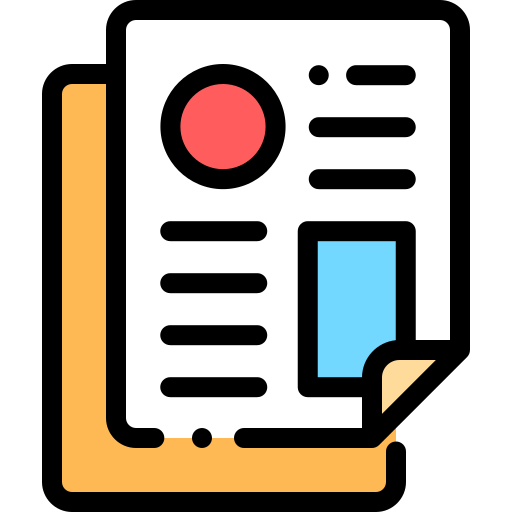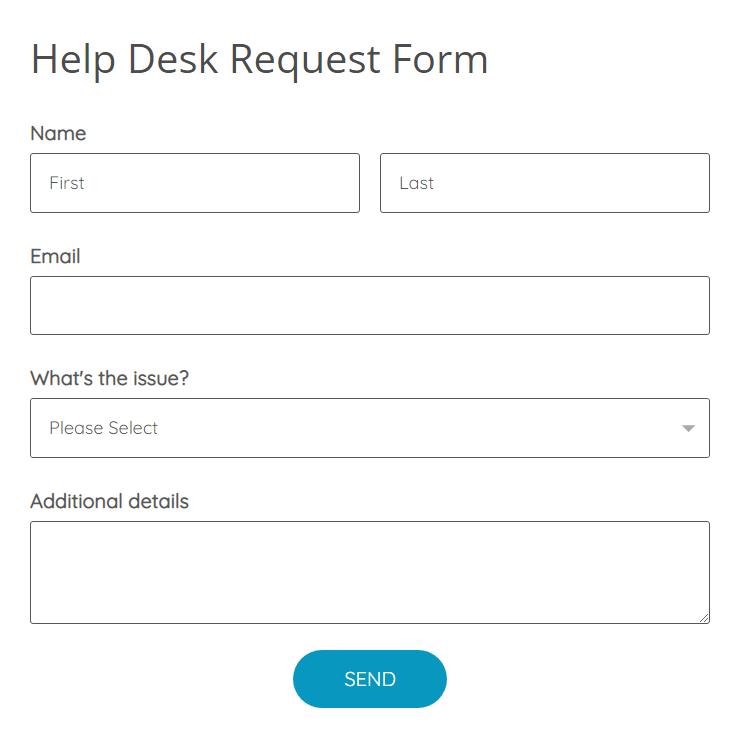The world of project management is a complex quagmire that can be made simple if you use templates. Any project, no matter how big or small, can benefit from using templates. Templates are nothing but reusable project outlines that can help you reduce your workload, serving as a starting point for new work. Pre-formatted and set up with redundant details in place, templates allow you to set up projects, reports, tasks, and other files without having to start from square one all the time.
Table of Contents
What is a Project Management Template?

A Project Management template provides a project skeleton, while customizable templates take things one step further than standard templates, allowing you to adjust the template structure and information to suit your project’s needs. For instance, if you were using a project plan template from MS Office, you may need to modify the generic template to include your company information and specific project inputs, each time you create a new project plan. Customizable templates allow you to save this information directly in the template so it is automatically populated each time you want to access it.
Types of Customizable Templates

In project management, you will find plenty of chances to use customizable templates instead of starting from scratch. Read on to find what customizable templates you can stack.
Request Forms

In project management software, request forms allow you to capture work requests as they appear. These forms help you establish a formal process for submitting, tracking, and evaluating said requests. While creating a templated request form, you might want to prompt the user to provide any relevant details regarding their work request. Request form templates typically offer various question types, including short-answer responses, date responses, dropdown responses, and paragraph responses. Templated requests may be designed to meet the needs of various kinds of projects. Here are 3 ideas of what you can do with request form templates in project management software.
Creative Brief Templates

Building a good creative brief template helps you aggregate the details of creative requests into a scannable and actionable document. Creative brief request forms usually ask for an overview of the request, the profile of the intended audience, execution specifics, and names of relevant stakeholders.
IT/Helpdesk Request Templates

IT and helpdesk requests are quite easily templated, and save technicians valuable time and resources by clarifying the vital details of the problem and assigning priority levels to each request.
HR and Administration Request Templates

Request form templates may help HR teams gather important administrative information passively, removing the need to gather small pieces of employee information. Other common request form templates include
- Fresh project request form
- Change request/issue resolution form
- New hire setup
- PTO request
- Marketing operations campaign request
- Expense reimbursement request
- Security access request
- Office supplies request
Project management software with customizable request form templates makes sure your team gets all the important information without asking unnecessary questions.
Templates for Tasks, Folders, and Projects

Project management software folders allow us to structure projects and tasks for easy navigation and management. Folders help you group similar projects or tasks based on predetermined criteria. Tasks and projects are the most important building blocks within project management software that can help you track and organize your work. A task refers to a single unit of work that needs to be accomplished within a project. A project refers to the total series of tasks that need to be finished together to achieve a single outcome or goal. Templated tasks, projects, and folders can provide you with a framework to start new projects that bear some similarity to previously completed work. If you find yourself working on tasks that are consistently similar to earlier work, it may be time to build a custom template.
Templates for tasks, folders, and projects can allow you to easily duplicate:
Task descriptions include any directions or information pertinent to the project.
Assignees or relevant stakeholders are required to review deliverables.
TImelines or workflows so consistency in scheduling happens.
Relevant files that may be used for reference, or to walk you through any additional tasks. Building templates for your folder structure, project structure, and tasks allows you to save time and ensure that work is equally structured through your project management software. Thanks to templates, you have the outline and structure every time you create a new project or task.
Report Templates

These help you create reports so you can get more visibility into your projects, monitor work progress, and assess what work may still need to be assigned. Reports in project management software are a great way to communicate progress to stakeholders.
Common Reports Templates
Active Tasks by assignee – all active tasks that have been grouped by assignee, within specific folders or projects.
Weekly Project Status – selected projects with columns allowing you to see a project status, finishing date, and owner.
Overdue tasks by assignee – refer to overdue tasks from specified folders or projects, grouped according to the assignee.
Projects Due this month – refers to selected projects that may be due this month including the owner, finish date, and status columns so progress can be tracked over the course of one month.
Unassigned tasks – this refers to unassigned tasks from specific folders and projects. Columns on the report include task name, due date, and status.
Time spent this week – This gives you a list of time log entries for the current week from particular folders and projects.
If you have clients or stakeholders who have specific criteria that they want to view in reports, you might have to modify the report constantly if you’re working with a standard template. Thankfully, with customizable templates you can change the template, running the requested report as many times as possible with no further need of additional manipulation.
Top Reasons To Use Project Management Templates
Project management as a process is dedicated to the proposition that there exists a quicker, more efficient, and cost-effective way to manage complicated multi-departmental projects. One of the most important advantages this process offers is the template system. Invariable tried and true frameworks for getting the job done, templates help you do everything on time, and stick to a predetermined budget.
Saves time In many ways
Every time you embark on a new project, you don’t have to start from scratch. Getting rid of the immense amount of time it takes to develop a simple template is a great time saver. The use of standardized project management templates raises another question – what is to be included in the template. Utilize a standard template to avoid this unnecessary time-wasting exercise. Customization is also possible if required.
Strengthen the process
A template forces the need for a process. After a short span of time, the use of a template becomes quite common and all the parties involved are aware of each piece of information that is to be delivered on time.
Effective Communication Fosters Teamwork
If you consolidate all work projects into one platform encourages each department or team member to cooperate with the others. If a problem does arise, all issues are quite evident for all to see and there’s less finger-pointing. Management could observe the process unobtrusively, getting involved only when necessary. Effective communication fosters team solidarity so extra work and stress are almost completely eliminated.
Ensure Proper Planning
While every department can plan for its own contingencies, a project management template forces them to plan for contingencies of other departments as well. With full information, planning is a real tool, moving away from being an exercise in futility. A culmination of experience garnered on previous projects gives rise to a project management template. Instead of a black piece of paper, a template and the information it contains may be used to effectively plan for a new project.
Reduced Risks
Since everyone identifies possible problems within their own locus of responsibility, the real deal is identifying potential threats before they occur, that are the result of conflicting goals from different departments There are many issues and liabilities associated with proceeding with half-baked information. A project management template is a good database of relevant project data so as to leave no scope for miscommunication.
Secures and Archives Information
One might never know when data may be required. Readily available and properly secured data is required for the success of any project. Limiting access to the information your team needs will handicap them. A good project management template can hold all the relevant information your team needs.
Enhance Customer Confidence
Customer satisfaction in the final project is the end goal. Whether your customer is located within your company or the outside, it is important to gain their confidence. A project management template helps you answer their questions regarding project progress in a timely and confident manner.
5 popular types of templates
Professional Services Delivery
Integrated Marketing Campaigns
Final Thoughts
These are some of the opportunities that you could keep an eye out for. Keeping these common project templates in mind will be helpful while deciding on a new project management software.






